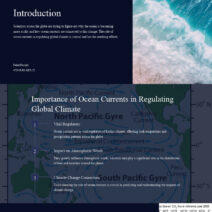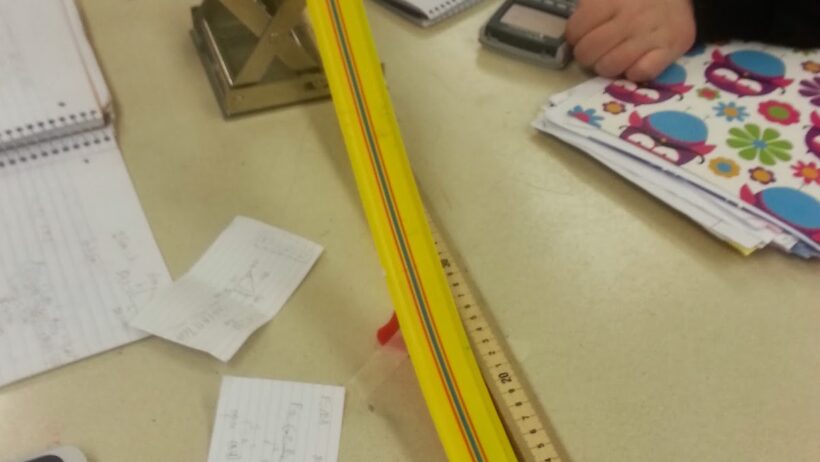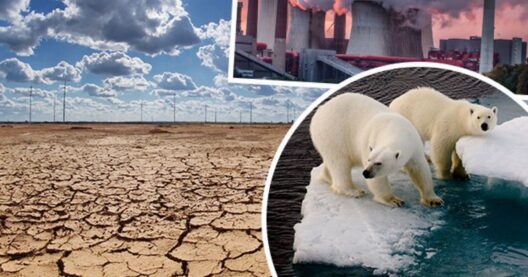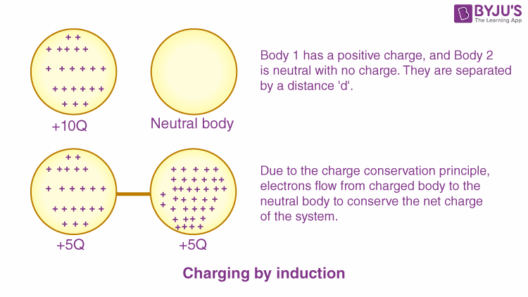Conservation of energy is a fundamental concept in physics, governing how energy behaves and is transferred in various systems. This principle is pivotal in understanding both the natural world and human-made systems. Yet, what does it truly mean to conserve energy? Can we think of energy as a resource that requires prudent management? Let’s delve into the science behind saving power and uncover the intricate mechanisms that define energy conservation.
First, it’s essential to grasp the core principle of energy conservation: energy cannot be created or destroyed; it can only be transformed from one form to another. This law, often referred to as the Law of Conservation of Energy, underpins much of thermodynamics. When discussing energy conservation, one must also address the various forms that energy can take, including kinetic, potential, thermal, and chemical energy, among others. For instance, when a roller coaster ascends a hill, its potential energy increases. Conversely, as it descends, that potential energy converts to kinetic energy, propelling the coaster forward.
Now, posed with a playful question: What happens when we neglect energy conservation in our daily lives? Imagine a world where energy is squandered indiscriminately. Consider the implications: environmental degradation, increased costs, and a heightened reliance on nonrenewable resources. Mitigating these consequences requires an understanding of how to conserve energy effectively.
One way to visualize energy conservation is through a closed system—think of a sealed container where energy transformations occur without loss to the outside environment. In such a system, the total energy remains constant, illustrating the principle that energy can shift states but cannot vanish. Despite this scientific certainty, we often encounter scenarios where energy seems to be wasted—such as in buildings where insulation is subpar, causing heating or cooling systems to work harder than necessary. This inefficiency results in an excessive expenditure of energy that could otherwise be conserved.
Understanding various forms of energy is crucial for effective conservation. Kinetic energy, for instance, is the energy of motion, which can be harnessed through mechanisms like turbines in hydroelectric power plants. These turbines convert the kinetic energy of flowing water into electrical energy, a prime example of energy transformation. Meanwhile, potential energy plays a role in systems ranging from a battery storing chemical energy to the gravitational potential of water stored in a reservoir. Each of these forms holds potential for conservation strategies.
Furthermore, energy flows through systems in a cycle, as modeled in various environmental and engineering frameworks. For example, in renewable energy, the transformation of solar energy into electrical energy via solar panels exemplifies a sustainable approach to energy conservation. However, renewable energy sources require careful management and technological advancements to minimize energy loss during conversion processes. Innovations such as energy-efficient appliances and advanced grid systems enhance our ability to conserve energy and maximize the utility of the energy we harness.
The challenge of energy conservation extends beyond mere awareness; it necessitates intentional action on both individual and collective levels. Consumers are often encouraged to adopt practices that enhance energy efficiency—using LED lighting, employing smart thermostats, and reducing unnecessary idle times on electronics. These changes, while seemingly minor, collectively yield significant energy savings over time.
In pursuit of effective conservation, one must also consider the implications of energy loss. The Second Law of Thermodynamics introduces the concept of entropy—the tendency for systems to move toward disorder, resulting in energy dispersal. Energy transformations are never perfectly efficient, with some energy invariably lost as heat. This phenomenon presents a robust challenge: how do we reconcile the laws of physics with our societal needs for energy consumption? Addressing this challenge is central to both scientific exploration and environmental stewardship.
Moreover, the role of policy and governance cannot be overlooked in the quest for energy conservation. Governments around the globe have initiated regulations aimed at reducing energy consumption. Incentives for renewable energy use, coupled with adaptive policies promoting energy efficiency, represent tangible steps toward a sustainable future. However, translating scientific theory into actionable policy requires collaboration among stakeholders—from scientists and engineers to policymakers and the public.
In conclusion, conserving energy in physics encompasses a multifaceted approach combining scientific understanding with conscious action. Each individual plays a part in this grand spectrum, challenging themselves to reduce their energy footprint while embracing innovative practices. It is a daunting journey, yet the potential rewards of sustainability, economic savings, and preservation of our environment underscore the importance of energy conservation. As we navigate the complexities of energy use, let us commit ourselves to a path of diligence and ingenuity—a path that encourages the responsible stewardship of our invaluable energy resources.








